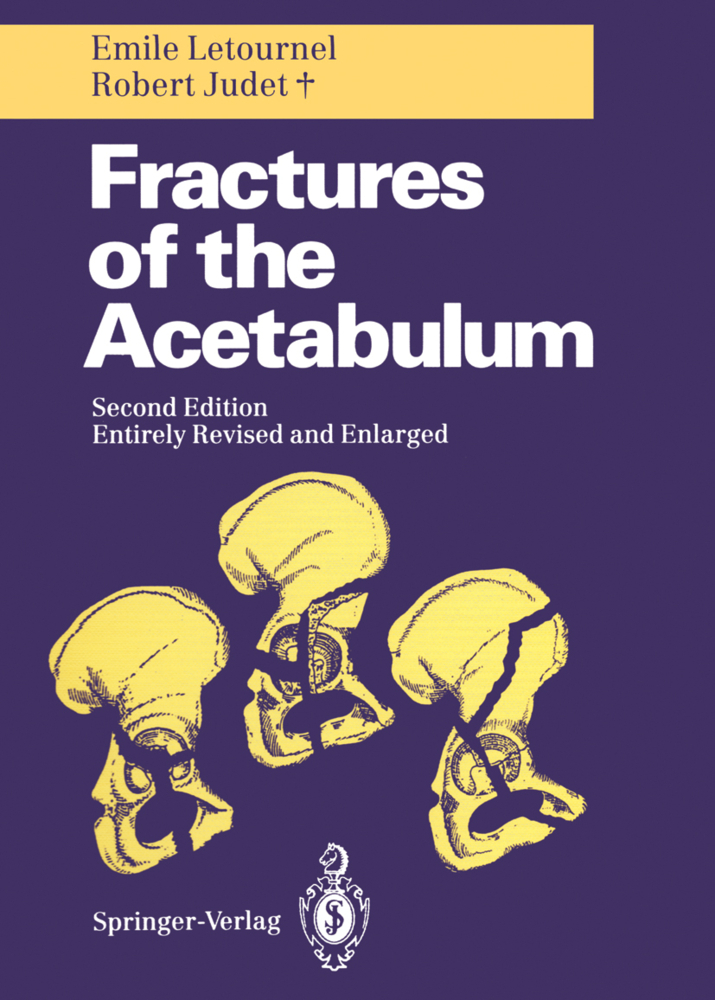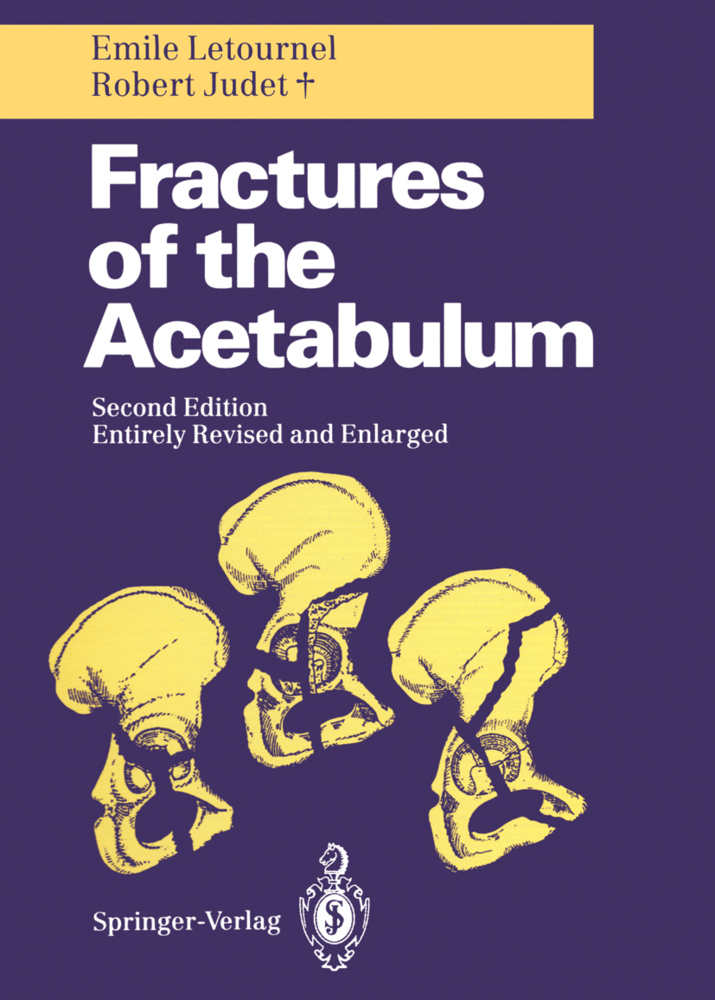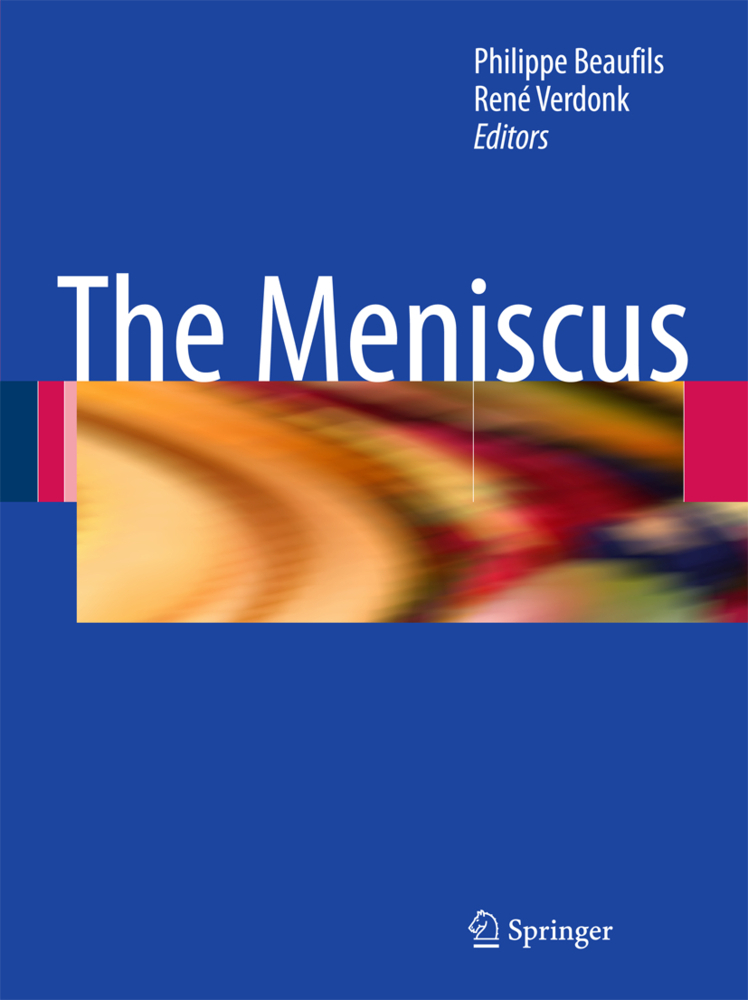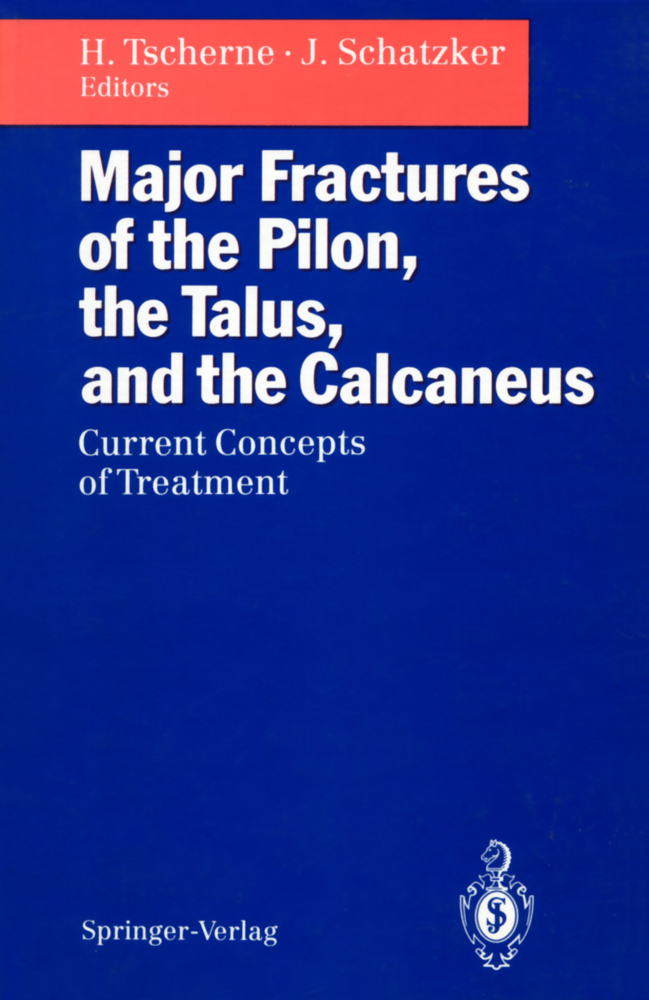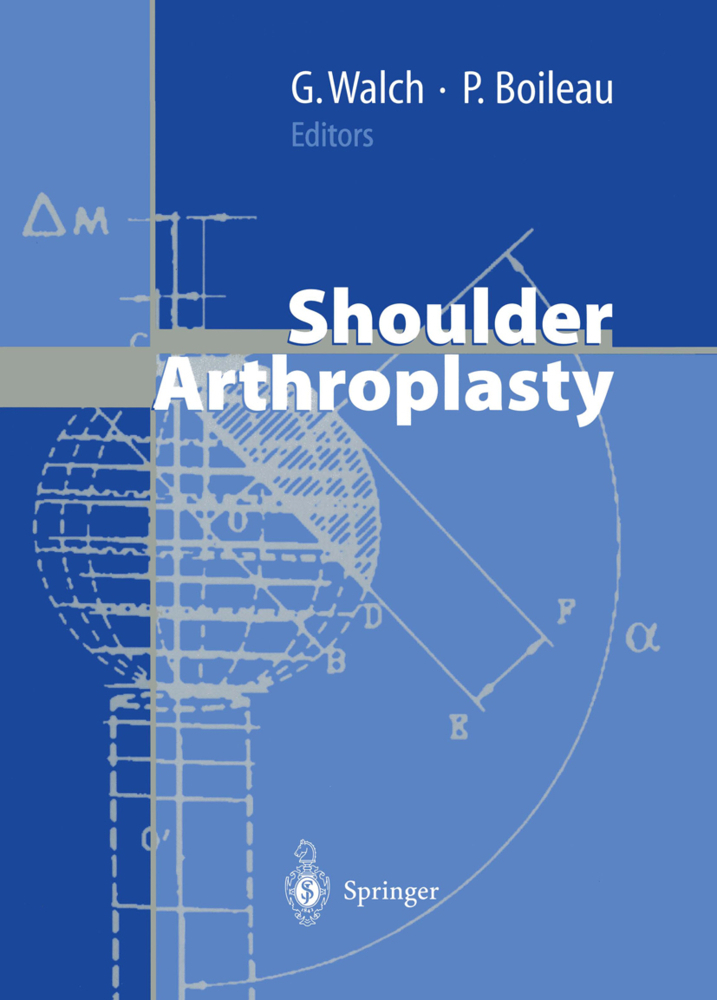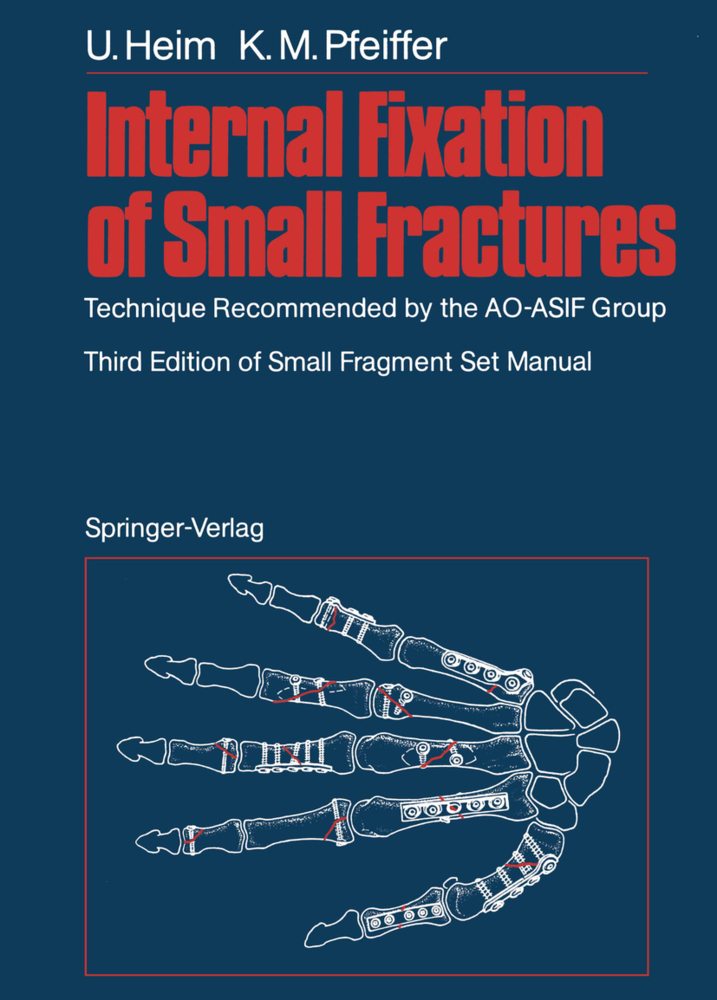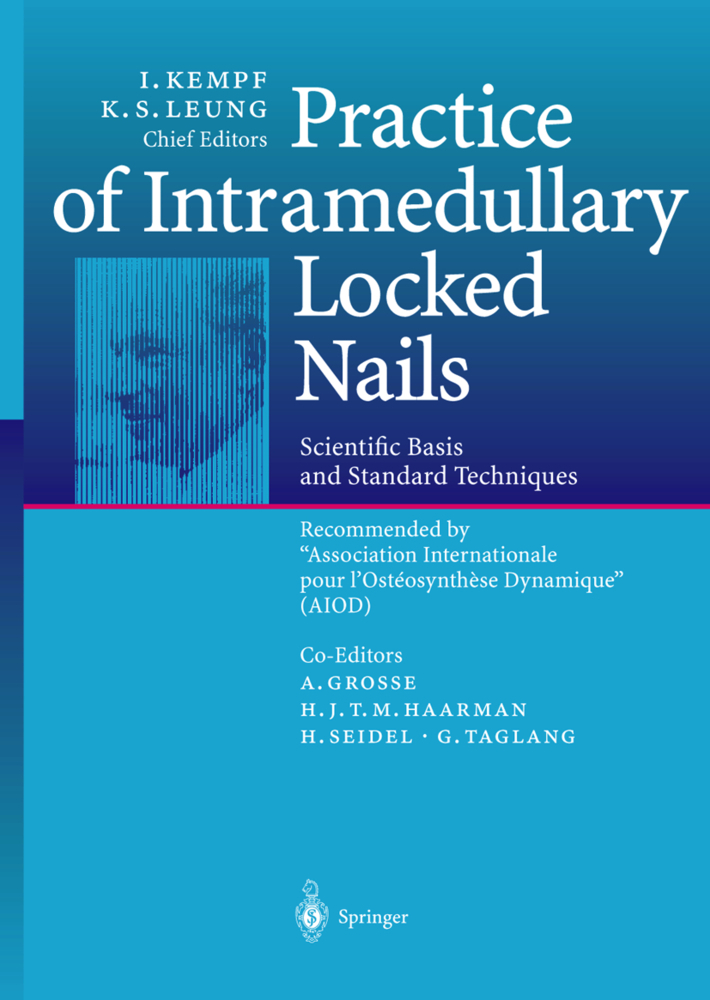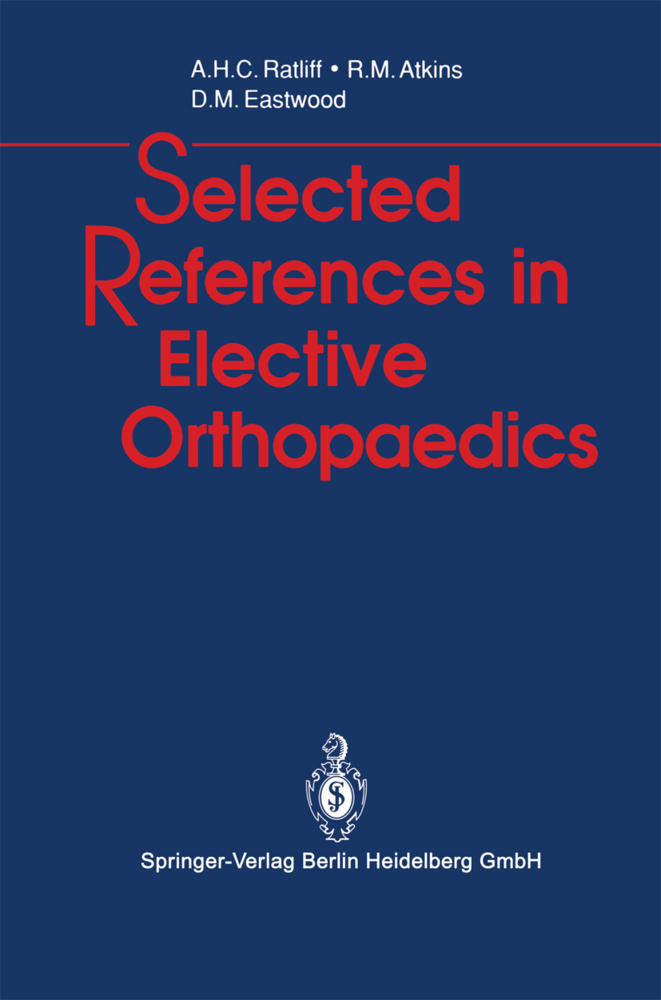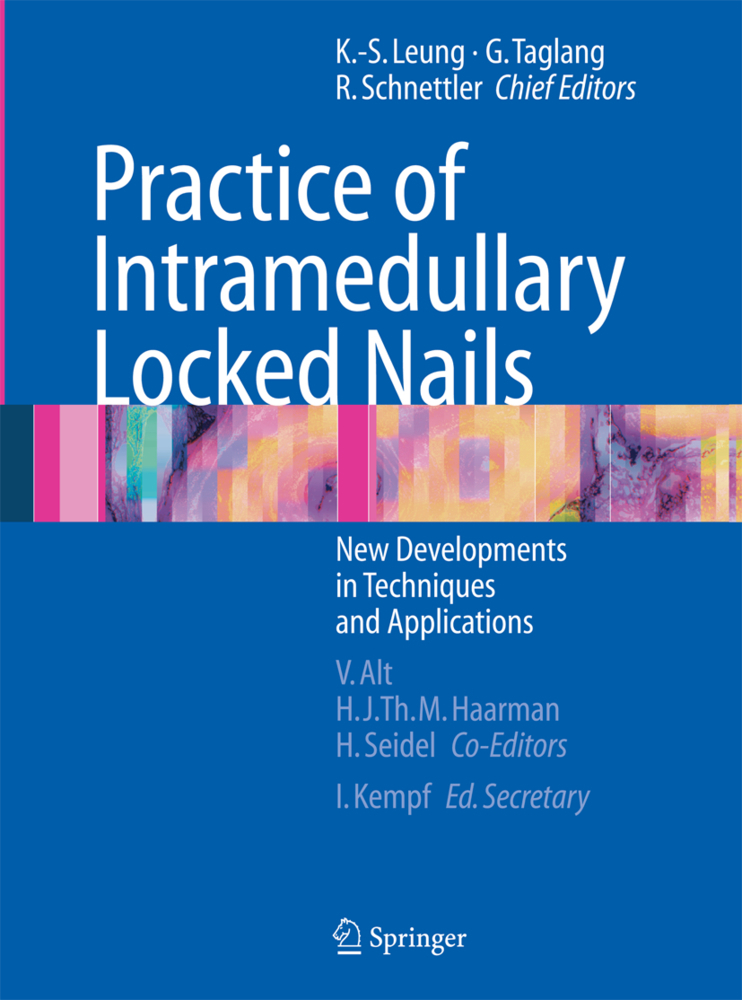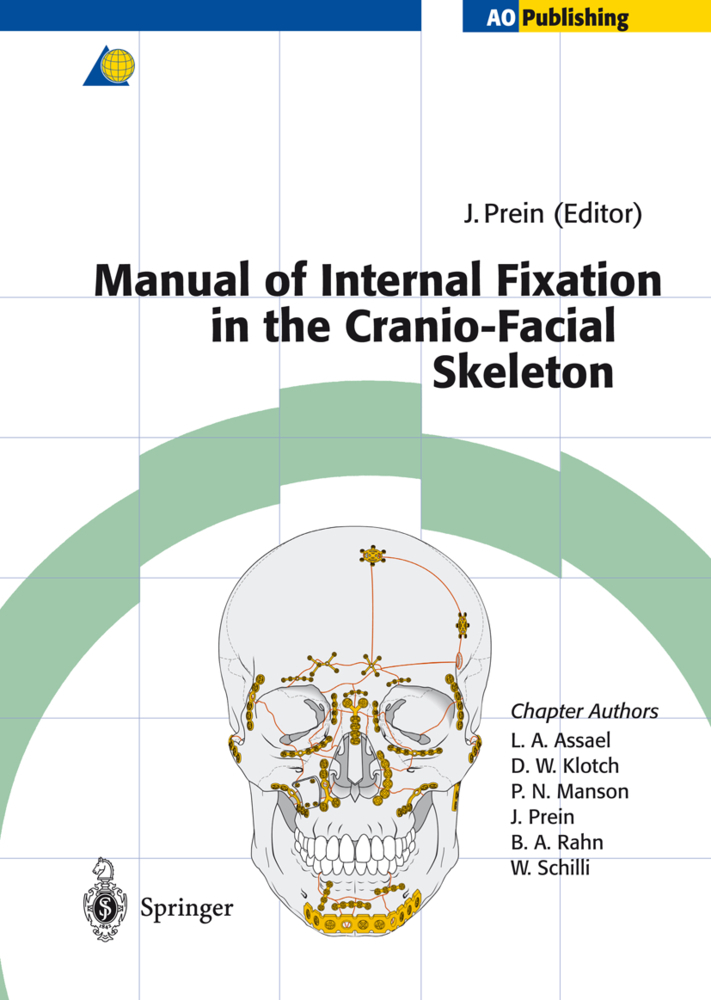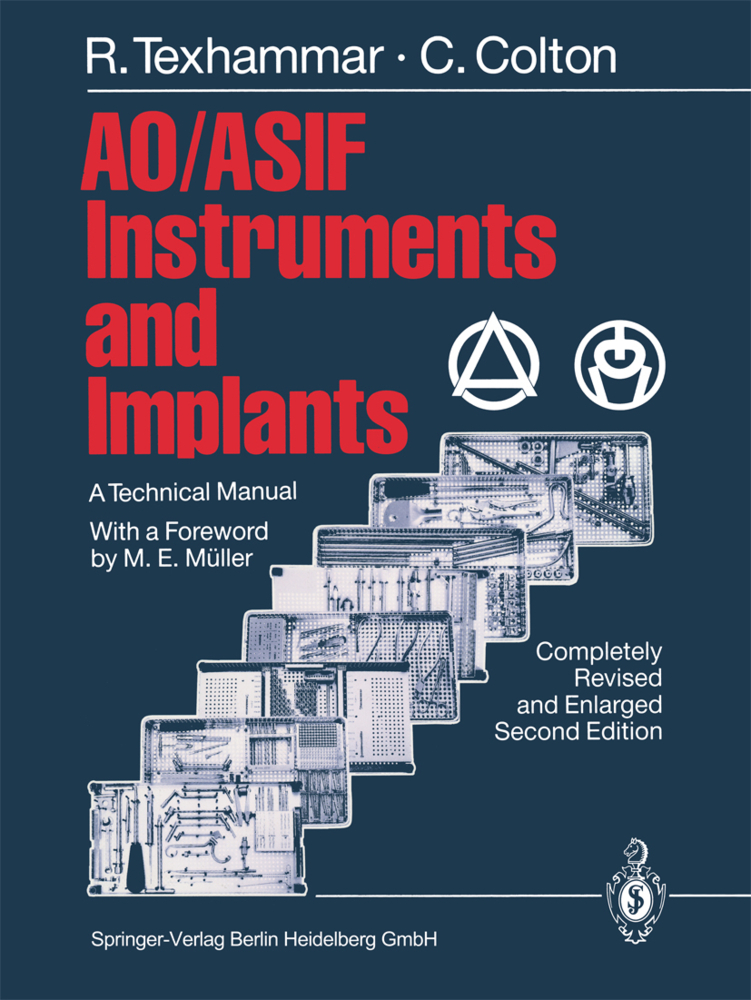Fractures of the Acetabulum
Fractures of the Acetabulum
At the request of our publishers, I accepted the task of preparing this second edition. I felt this was necessary for several reasons: new imaging technologies such as CT scanning and 3-D reconstructions are now used routinely, the in dications for employing improved approaches are clearer, and reconstructions are facilitated by new internal fixation devices. Above all, I thought it was time to report the long-term results of the 940 acetabular fractures, 90070 of which were treated surgically - a unique series. In spite of the experience acquired from the three previous reviews of cases (1966, 1971, and 1978), I failed to foresee the amount of time this revision would need. In fact, it took more than 3 years to follow up the larger number of cases, and 159 patients (out of 800, i. e. 22. 7%) were not included as they had moved since their last review and simply could not be located. At a time when it is in fashion to evaluate the cost of health care, it is strange to see how public administrators, so keen on evaluating the immediate cost of our opera tions, do not care about the quality of their long-term results, which appears to us, however, to be the best basis for the choice of the initial treatment.
2 Mechanics of Acetabular Fractures
3 Radiology of the Normal Acetabulum
4 Classification
5 Posterior Wall Fractures
6 Fractures of the Posterior Column
7 Anterior Wall Fractures
8 Fractures of the Anterior Column
9 Pure Transverse Fractures
10 T-shaped Fractures
11 Associated Posterior Column and Posterior Wall Fractures
12 Associated Transverse and Posterior Wall Fractures
13 Associated and Posterior Hemitransverse Fractures
14 Associated Both-Column Fractures
15 Transitional and Extra-articular Forms
16 Associated Injuries
17 Distribution of the Clinical Series
18 Clinical Presentation
19 General Principles of Management of Acetabular Fractures
20 Surgical Approaches to the Acetabulum
21 Operative Treatment of Displaced Fractures Within Three Weeks of Injury
22 Operative Treatment of Specific Types of Fracture
23 Anatomical Results of Operation Within Three Weeks After Injury
24 Early Complications of Operative Treatment Within Three Weeks of Injury
25 Late Complications of Operative Treatment Within Three Weeks of Injury
26 Clinical and Radiological Results of Operation Within Three Weeks of Injury
27 Reassessment of Patients Treated Operatively Within Three Weeks of Injury
28 Operative Treatment Between Three Weeks and Four Months After Injury
29 Operative Treatment More Than Four Months After Injury
30 Exercises in Radiographic Diagnosis.
Introduction: History and Development of Our Methods of Classification and Treatment of Acetabular Fractures
1 Anatomy of the Acetabulum2 Mechanics of Acetabular Fractures
3 Radiology of the Normal Acetabulum
4 Classification
5 Posterior Wall Fractures
6 Fractures of the Posterior Column
7 Anterior Wall Fractures
8 Fractures of the Anterior Column
9 Pure Transverse Fractures
10 T-shaped Fractures
11 Associated Posterior Column and Posterior Wall Fractures
12 Associated Transverse and Posterior Wall Fractures
13 Associated and Posterior Hemitransverse Fractures
14 Associated Both-Column Fractures
15 Transitional and Extra-articular Forms
16 Associated Injuries
17 Distribution of the Clinical Series
18 Clinical Presentation
19 General Principles of Management of Acetabular Fractures
20 Surgical Approaches to the Acetabulum
21 Operative Treatment of Displaced Fractures Within Three Weeks of Injury
22 Operative Treatment of Specific Types of Fracture
23 Anatomical Results of Operation Within Three Weeks After Injury
24 Early Complications of Operative Treatment Within Three Weeks of Injury
25 Late Complications of Operative Treatment Within Three Weeks of Injury
26 Clinical and Radiological Results of Operation Within Three Weeks of Injury
27 Reassessment of Patients Treated Operatively Within Three Weeks of Injury
28 Operative Treatment Between Three Weeks and Four Months After Injury
29 Operative Treatment More Than Four Months After Injury
30 Exercises in Radiographic Diagnosis.
Letournel, Emile
Judet, Robert
Elson, Reginald A.
Elson, Reginald A.
| ISBN | 978-3-540-52189-1 |
|---|---|
| Artikelnummer | 9783540521891 |
| Medientyp | Buch |
| Auflage | 2. Aufl. |
| Copyrightjahr | 1993 |
| Verlag | Springer, Berlin |
| Umfang | XXV, 733 Seiten |
| Abbildungen | XXV, 733 p. |
| Sprache | Englisch |

